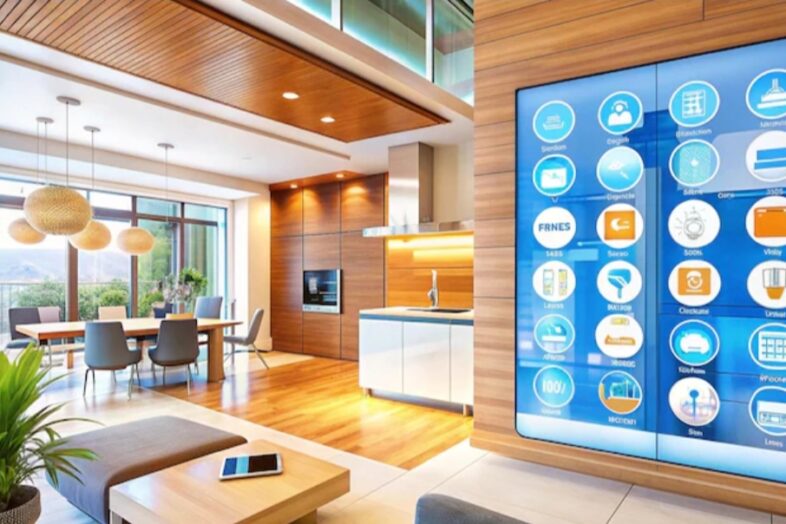
In today’s fast-moving world, new electronic products appear almost every day — from smart wearables to industrial control systems. Behind every successful innovation stands a team of engineers and designers who transform ideas into functional products. This is where an electronics design house plays a vital role.
Whether you’re a startup with a big idea or an established company seeking to modernize your product line, partnering with a professional design house can bridge the gap between concept and reality.
What Is an Electronics Design House?
An electronics design house is a specialized engineering company that provides end-to-end product development services. These firms bring together experts in hardware, firmware, and software to create fully functional electronic systems ready for manufacturing.
Instead of building an internal R&D team, businesses can rely on a design house to handle every technical aspect — from circuit design and PCB layout to prototyping and testing. The result? Faster development, lower costs, and higher-quality products.
Core Services Offered by an Electronics Design House
A professional electronics design partner offers a full range of services to cover every stage of product creation:
1. Circuit & PCB Design
The foundation of any electronic device starts with precise schematic design and printed circuit board (PCB) layout. Design houses use advanced tools to ensure signal integrity, power efficiency, and compact design suitable for production.
2. Embedded Systems Development
From microcontrollers to complex SoCs, embedded firmware is the brain of your device. An electronics design house develops firmware that ensures your hardware works reliably and efficiently under real-world conditions.
3. Prototyping and Testing
Before a product reaches mass production, prototypes are built and tested for performance, safety, and durability. This step reduces risks and ensures the design meets every specification.
4. Product Certification and Compliance
Many industries require certifications such as CE, RoHS, or FCC. Design houses help prepare your product documentation and testing to meet global regulatory standards.
5. Manufacturing Support
Design doesn’t stop at the prototype stage. A good partner ensures the design is optimized for large-scale production, known as Design for Manufacturability (DFM) — saving time and cost during mass production.
Why Businesses Choose Electronics Design Houses
Outsourcing product design to professionals provides major advantages:
- Cost Efficiency: Avoids the expense of hiring and training an in-house engineering team.
- Faster Time-to-Market: Experts with ready tools and experience can turn concepts into prototypes quickly.
- Access to Expertise: You benefit from a multidisciplinary team — electrical engineers, embedded developers, and industrial designers.
- Reduced Risk: Proven design processes minimize the chances of failure or costly rework.
In short, partnering with an electronics design house means you can focus on your core business while experts handle the technical details.
The Typical Product Design Process
Although every project is unique, most design houses follow a structured process:
- Requirement Analysis – Understanding your product idea, target audience, and technical needs.
- Concept Development – Creating early design sketches or block diagrams.
- Schematic and PCB Design – Building the circuit and layout.
- Prototype Development – Assembling a working model for testing.
- Testing & Validation – Ensuring the design meets performance and safety standards.
- Production Handoff – Delivering final files, BOM, and documentation for manufacturing.
This systematic workflow ensures consistency, reliability, and a smooth transition from idea to market-ready product.
How to Choose the Right Electronics Design House
Selecting the right partner can define your project’s success. Here’s what to look for:
- Experience & Portfolio: Review previous projects to see if they align with your industry.
- Certifications: ISO standards, CE/FCC knowledge, and quality management systems show professionalism.
- Transparent Communication: Regular updates and milestone reports keep your project on track.
- IP Protection: Ensure the company provides strong confidentiality and intellectual property agreements.
- Technical Capabilities: Check for expertise in the latest design tools, microcontrollers, and communication technologies.
A trustworthy electronics design house not only delivers designs but becomes a long-term innovation partner.
Future Trends in Electronics Design
The world of electronics is evolving rapidly. Some emerging trends include:
- AI-assisted Circuit Design – Using artificial intelligence to optimize PCB layouts.
- IoT Integration – Connecting devices to create smart ecosystems.
- Miniaturization – Smaller, lighter devices with higher performance.
- Sustainable Design – Eco-friendly materials and energy-efficient systems.
Design houses that adopt these technologies will continue leading innovation in the years ahead.
Conclusion
An electronics design house serves as the backbone of modern product development. It transforms creative ideas into reliable, manufacturable products through expert engineering and systematic design. Whether you are developing a smart wearable, medical device, or industrial controller, the right design partner can accelerate innovation and ensure long-term success.








